. . . Ralph is a consummate gentleman and helpful to a fault. One of the good guys in this hobby.
+1!
. . . Ralph is a consummate gentleman and helpful to a fault. One of the good guys in this hobby.
This is incomplete imo as OTLs have other idiosyncrasies. See the common recommendation of Speltz autoformers in order to increase speaker impedance (which can't be 100% transparent of course). OTLs are often lacking in bass too. So is this complete neutrality? Not so sure.
We must consider that OTLs have high output impedance and some speakers have very severe dips in the impedance in the bass frequencies - this can create dips in bass response. Some speakers are adequate for OTLs, some are not. XLF's are good candidates ...
Hello Duke,Every time I have been able to examine in detail a situation where an OTL amp was introduced into a system and the results were disappointing, I have found a plausible explanation in the speaker's impedance curve.
Excellent points.
Compared to a voltages-source amp (most solid state amps), an OTL will deliver more power into an impedance peak and less power into an impedance dip.
So... OTL amps (and any high-output-impedance amps) will deliver more power into the bass peak(s); less power into the typically fairly broad upper-bass/lower mid impedance dip (ime this explains cases of "leanness"); and more power into impedance peaks associated with the crossover region. The net result can be an unacceptably colored frequency response if the speaker's impedance curve is a poor match for the amplifier. This is why, in my opinion, the amp manufacturer and/or speaker manufacturer should be consulted about compatibility before money changes hands if OTL (or SET) amps are involved.
It is not too difficult to design a speaker for compatibility with an OTL amp, but you have to keep one eye on the impedance curve in the design stage so that you don't paint yourself into a corner. Fortunately OTL amps tend to be more powerful than SET amps, so extremely high efficiency generally isn't as essential. I design for OTL amp compatibility and my efficiencies are typically in the lower 90's.
I can't speak to other OTL designs, but Atma-Sphere offers noise-floor-lowering options for users with extremely high efficiency speakers. I have a friend who has been driving his outrageously efficient Avantgardes with Atma-Sphere amps for close to two decades.
Hello Duke,
Does the principle apply also to OTL headphone amps?
Thanks.
Can OTL owners please post what OTL you have and what speakers you are using with them?
Thanks
Great system. What are the differences between MP1 mk3.4 and the mk3.3?Atma-Sphere MA1 Mk.3.3 OTL Silver Edition mono blocks
Classic Audio T-3.4 fully field-coiled
With that and the Atma-Sphere MP1 3.4 this is the best sounding music machine I have ever owned. Ah...
Great system!Atma-Sphere MA1 Mk.3.3 OTL Silver Edition mono blocks
Classic Audio T-3.4 fully field-coiled
With that and the Atma-Sphere MP1 3.4 this is the best sounding music machine I have ever owned. Ah...
What year? Looks like 1978?Yes the first time I experienced the Superb Atma-Sphere OTL's was at this dear friend's house--also Stacked Quads with Entec Woofers.
The sonic presentation I still recall to this day.
Kudos indeed
BruceD
View attachment 75159
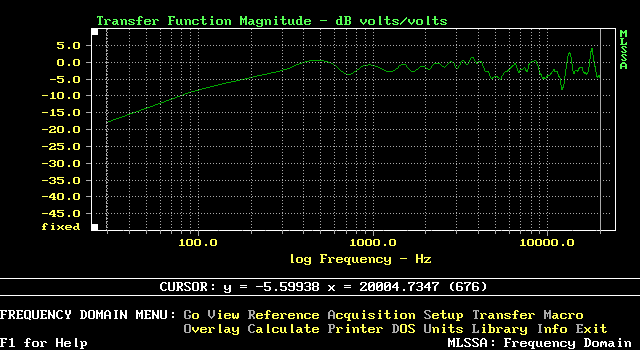
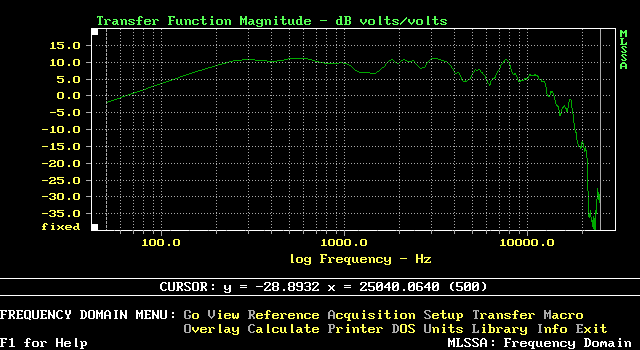
Ha!-- the owners would not know whether to laugh or cry--but I did spare a chuckleWhat year? Looks like 1978?
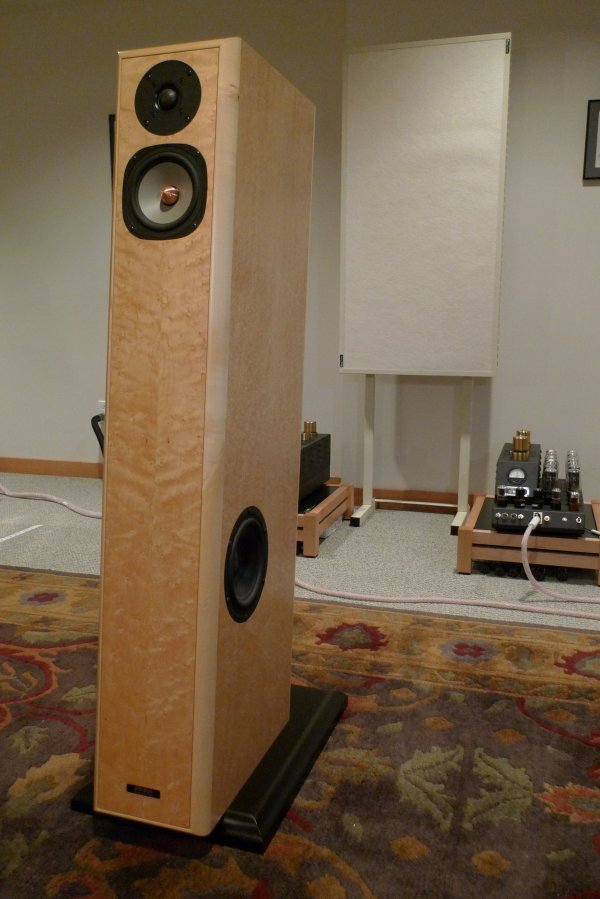
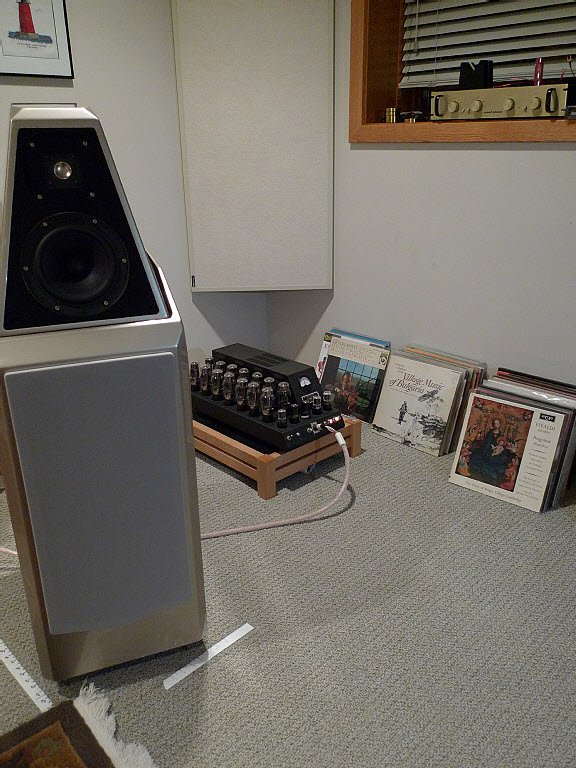
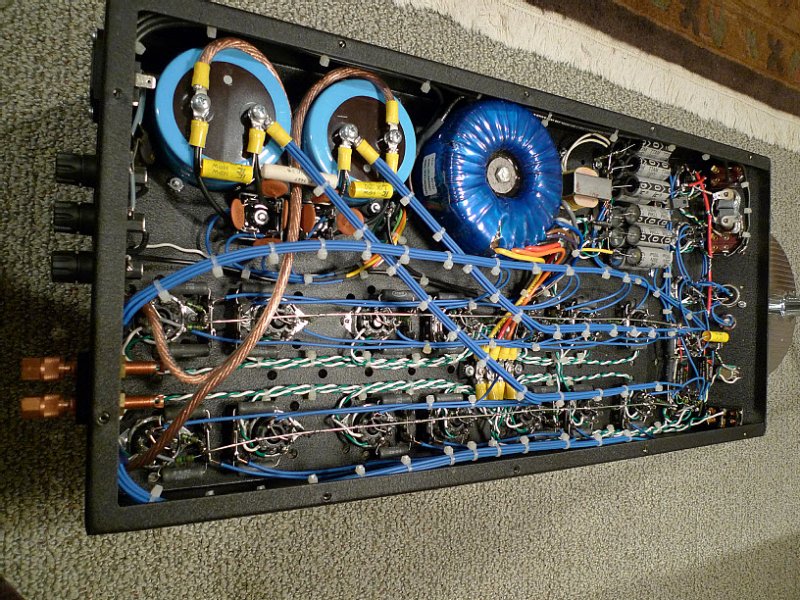
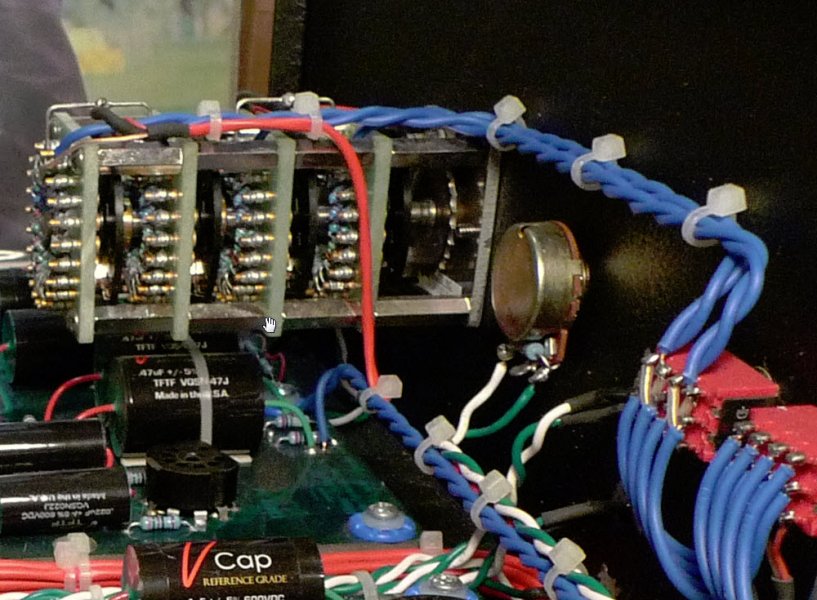
Had not seen this thread until its resurfacing in the last few days.
I've had a nice amount of time with Atma-Sphere gear and a few weeks with David Bernings big Quadrature Z's. Others can debate if the latter is an OTL but they were the most resolving amps I've ever heard - they will tell that Dusty brushed with the Ipana, not the Colgate.
The Atma-Sphere M60s were in-house for several months and I wrote about them here. I owned a pair of MA-1 mk3s and wrote about them getting upgraded to 3.1 status. I owned the MP-1 mk3.1 preamplifier (a true preamp !) and wrote about it here.
I used the Atma-Sphere gear with my Audio Physics Avanti Century speakers and with the original Wilson Sasha - with and without Paul Speltz's autoformers. No doubt there are nay-sayers and technocrats wrt the Wilsons, but the reality was the MA-1 + MP-1 combo was surprisingly satisfactory with them. Together they presented information from LPs that neither ARC 250SE monoblocks, C-J Premier 140 nor Lamm M1.2 monoblocks did not.
View attachment 75170
ooooo, aahhh -Two 7-inch woofers! My pre-Mahler days.
View attachment 75166
Only 10 years ago - it sure seems a lot longer than that.
View attachment 75167
Super good point-to-point wiring from Ralph's shop.
View attachment 75169
Want to know if your preamp is a true balanced design or one that just converts signal from XLR inputs to single-ended and back? Check if its volume control is a true four-pole device. That's the MP-1 above - hand built, lovely workmanship.
Oops. I believe that’s a typo, should be Mk.3.3. Nice catchGreat system. What are the differences between MP1 mk3.4 and the mk3.3?
That is ultimately what led me to sell my Silvaweld OTL reference monos...the heat... oh boy the heat! Also a real pain to keep biases correctly.The Atmasphere's are great sounding amplifiers - and the factory upgrade policy is one of the best in the audio industry.
If it was not for the 1600W idle of the MA2 pair I would surely still own them. And once we try the MA-2's we do not want MA-1's - the MA-2's are a class apart. I would love to listen to them with the Vivaldi stack - in my experience it smells a great match!
| Steve Williams Site Founder | Site Owner | Administrator | Ron Resnick Site Owner | Administrator | Julian (The Fixer) Website Build | Marketing Managersing |
















